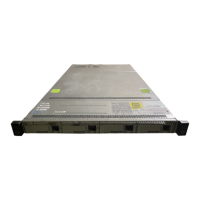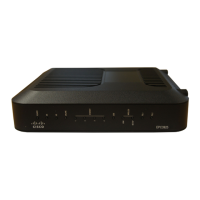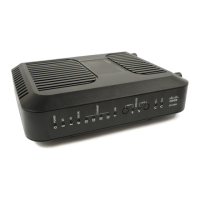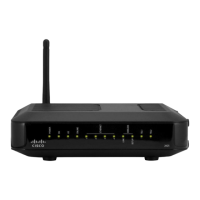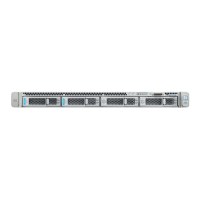Web Proxy for Cisco Meeting Server Port Reference
Purpose Src. IP Src.
ports
Protocol Dest. IP Dst. Ports
WebRTC client
access
Guest PCs 1024-
65535
TLS Expressway-E public
IP
443
†
Web interface
access
Administrator
PCs
1024-
65535
TLS Expressway-E IP NOT443
*
SSHtunnels for
firewall traversal
Expressway-
C
30000-
35999
TCP Expressway-E private
IP
2222
SIPsignaling Expressway-
C
25000-
29999
TCP or
TLS
Expressway-E 7001 (for first traversal zone;
7002 for second etc.)
TURNclient
requests
Any IP UDP and
TCP
Expressway-E
TURNserver public IP
3478
TURNclient
requests
Meeting
Server
3478 UDP and
TCP
Expressway-E
TURNserver private IP
3478
TURNrelays
‡
Expressway-E
public IP
24000-
29999
UDPand
TCP
Expressway-E public
IP
24000-29999
Table 20 Web Proxy for Meeting Server
† You must change the administration port because WebRTCclients use 443. If the WebRTCbrowser tries to access
port 80, the Expressway-E redirects the connection to 443.
*Options for alternative management ports are shown on the web interface. You can use the CLIto change it to a
different port, eg. 7443, so that you can lock it down. We strongly advise against opening an external management
port on the public IPaddress. If the browser tries to access port 80, the Expressway-E redirects the connection to
your chosen port.
‡ You must configure your external firewall to allow NATreflection for the Expressway-Epublic IPaddress. (Firewalls
typically mistrust packets that have the same source and destination IPaddress)
39
Cisco Expressway IP Port Usage Configuration Guide
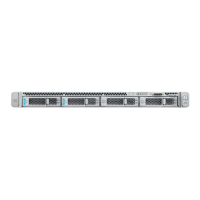
